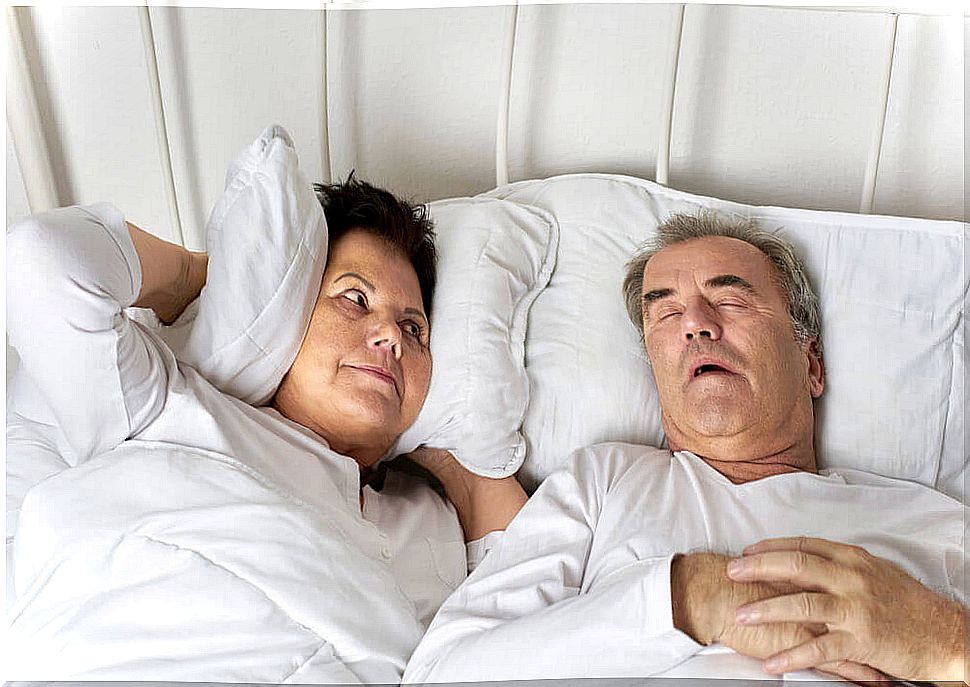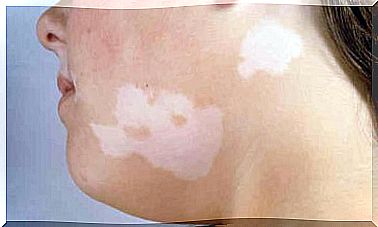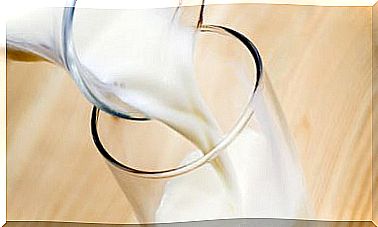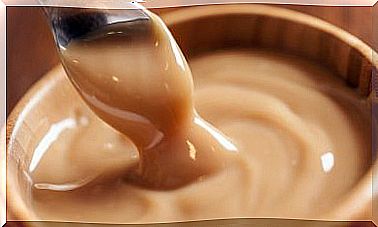What Is Turbinate Hypertrophy?
Turbinate hypertrophy is a benign pathology for which there are several treatments. However, if it is not treated in a timely manner, it can lead to some complications. What to do about it?

The hypertrophy of turbinates is an exaggerated increase in the volume of these structures, which are located in the nasal cavities. This anomaly causes that the air does not flow normally and, therefore, it usually causes nasal obstruction.
In principle, it is a pathology that can be treated and overcome, either through drug therapy, or through surgery. However, if the problem is allowed to progress, it can lead to situations as serious as loss of smell or even ear and throat conditions.
People with this condition may also suffer from frequent headaches, a dry cough, and hoarseness. Faced with frequent or continuous nasal congestion, it is appropriate to go to the otolaryngologist to determine if there is hypertrophy or another pathology.
Turbinate hypertrophy
Hypertrophy of the nasal turbinates is a condition in which the size of the turbinates increases, sometimes intermittently and sometimes continuously. When the problem becomes chronic it generates a nasal congestion that is present almost all the time.
The nasal turbinates are elongated structures that are located inside the nose. In each nasal cavity there are three turbinates. These are located in a staggered manner and are of three types: upper, middle and lower. The inflammation usually affects the lower turbinates.
The function of the turbinates is to humidify, heat and clean the air that is inhaled. However, they are very delicate organs, which are easily inflamed and change in size. This is where hypertrophy occurs, a health problem that is treatable anyway.

Why does this problem occur?
The most common is that turbinate hypertrophy arises as a result of an allergic process, such as allergic rhinitis. However, there are many other reasons why this abnormality can occur. Possible causes include the following:
- Hormonal changes. Hormonal changes lead to an increase in mucosal tissue and this can lead to turbinate hypertrophy.
- Aging. Over the years, the turbinates may degrade, generating abundant mucosal secretion and nasal obstruction.
- Sinusitis. Inflammation of the sinuses can lead to this abnormality.
- Deviated septum. The deviation of the septum makes breathing difficult and requires greater effort on the turbinates; this could translate into hypertrophy of the same.
- Unsuitable environments. Environments in which there are toxic vapors or elements, or a very low temperature, facilitate the development of this anomaly.
- Smoking or drinking alcohol. Both tobacco and alcohol are risk factors in these cases.
- Drugs. Steroids or the use of nasal administration medications facilitate the development of this pathology.
Symptoms of this condition
The most characteristic symptom of turbinate hypertrophy is nasal congestion, which can be intermittent or constant. It should be noted that there are cases in which hypertrophy is present, but there are no visible symptoms of it.
However, the most common is that there are clinical manifestations such as the following:
- Tiredness.
- Sleep apnea.
- Difficulty sleeping continuously.
- Nosebleeds
- Difficulty breathing through the nose.
- Auditory discomfort.
- Reduction or loss of smell
- Snoring.
- Pain in the face
Typically, the otolaryngologist performs a test called rhinoscopy, to examine the condition of the turbinates and determine if there is hypertrophy. This test is done through the nose or mouth and takes 5 to 10 minutes; sometimes it requires the use of a mild anesthetic.

What can be done in case of turbinate hypertrophy?
The treatment of hypertrophy will depend on the cause that produces it and the state of these structures in each patient. If what is causing the problem is an external factor, such as an unhealthy environment or the ingestion of some substance or medication, it will be enough to suppress these variables to achieve the remission of the symptoms.
If the problem is caused by sinusitis or a deviated septum, the corresponding treatment will be done to eliminate the cause. In case these measures do not work, or the cause cannot be established, the usual thing is to go first to a pharmacological treatment to reduce the inflammation of the turbinates.
Ultimately, if hypertrophy persists, the doctor may suggest surgery to change the position of the turbinates (turbinoplasty), remove all or part of the lower turbinate (turbinectomy); or to reduce the size by radio frequency or laser.









